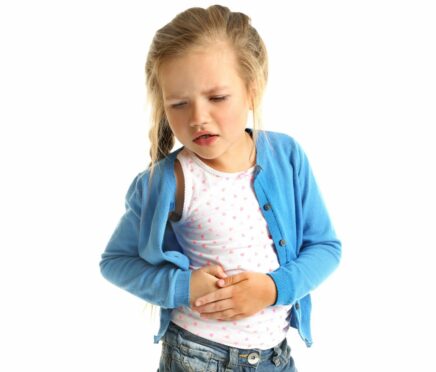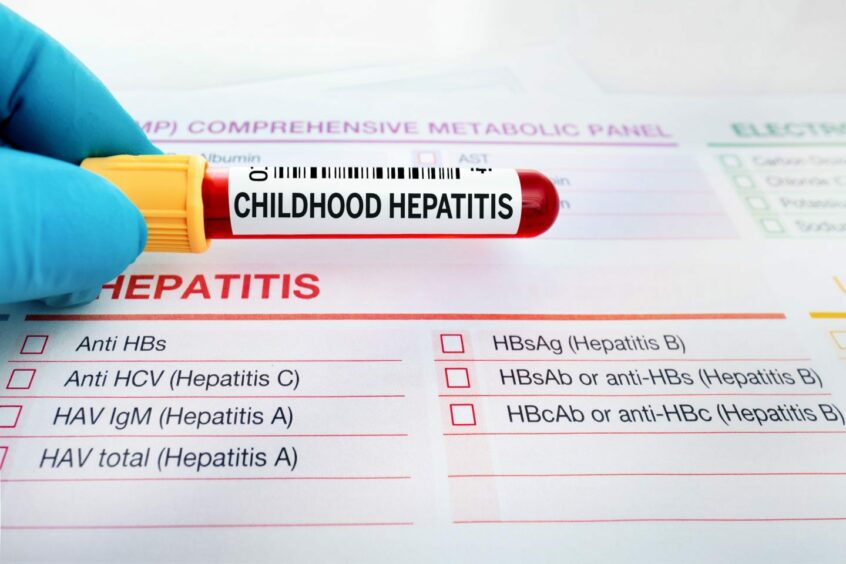Since January, 26 children in Scotland have been found to have hepatitis.
Four more cases of the illness were identified on May 12, as health experts continue to investigate the cause.
But why are children being infected with hepatitis? What are the main symptoms? Is there a link to Covid?
And how worried should you be about your child catching hepatitis?
We’re answering all your questions about hepatitis in Scotland.
What is the situation so far?
At the moment, 26 children in Scotland have been identified as having hepatitis since January this year. A total of 176 cases have been found across the UK.
Scotland usually sees eight cases per year in this age group.
Where are the children affected?
The health boards affected include Tayside, Fife, Lanarkshire, and Greater Glasgow and Clyde.
There are no known cases in Grampian or the Highlands.
However, with new cases having emerged last week, new health boards could now also be affected.
Four to eight of the cases are estimated to be in Tayside and Fife, according to Public Health Scotland (PHS).
The hepatitis is mostly being found in children under the age of five.
PHS said only a very small number of children had been admitted to hospital.
They emphasised the current risk to children of severe hepatitis was extremely low.
Why are there more cases than normal?
Experts are currently investigating the cause of the hepatitis outbreak.
Dr Jim McMenamin, head of health protection (infection services) at PHS, says investigations “increasingly suggest that there is a link to adenovirus infection”.
Adenoviruses are common viruses that typically cause mild cold or flu-like illness.
According to experts, most children who catch adenovirus will not become very unwell.
Cases of liver inflammation caused by adenovirus – known as hepatitis – are extremely rare, but can be very serious.
Scientists are investigating whether there has been a change in the genetic make-up of the virus that might trigger liver inflammation more easily.
Experts are also investigating the possibility that pandemic restrictions may have led to young children being first exposed to adenovirus later in their lives.
This could potentially lead to a “more vigorous” immune response in some children.
What are the symptoms of hepatitis?
Symptoms can include:
- muscle and joint pain
- a high temperature
- feeling and being sick
- feeling unusually tired all the time
- loss of appetite
- tummy pain
- dark urine
- jaundice
Jaundice and vomiting are the most common symptoms experienced by the children affected. You should contact your GP if your child starts to display signs of hepatitis.
Is there a link to Covid?
Research carried out at Kyoto University in Japan indicates infection with the Omicron variant may be playing a role.
According to the research, countries with a large number of Omicron infections, such as the UK and US, were also found to have reported a relatively higher number of childhood hepatitis cases.
Dr Hiroshi Nishiura told reporters that since toddlers and infants are currently ineligible for coronavirus vaccines, they may be at an increased risk of severe hepatitis following their adenovirus infection.
Can I prevent it?
Dr McMenamin says: “Adenoviruses are commonly passed from person to person and by touching contaminated surfaces, as well as through the respiratory system.
“Common infections, like adenovirus, can be prevented with good hand and respiratory hygiene.
“I would, therefore, encourage parents and care-givers to supervise young children while they are washing their hands to ensure they do so properly.”

